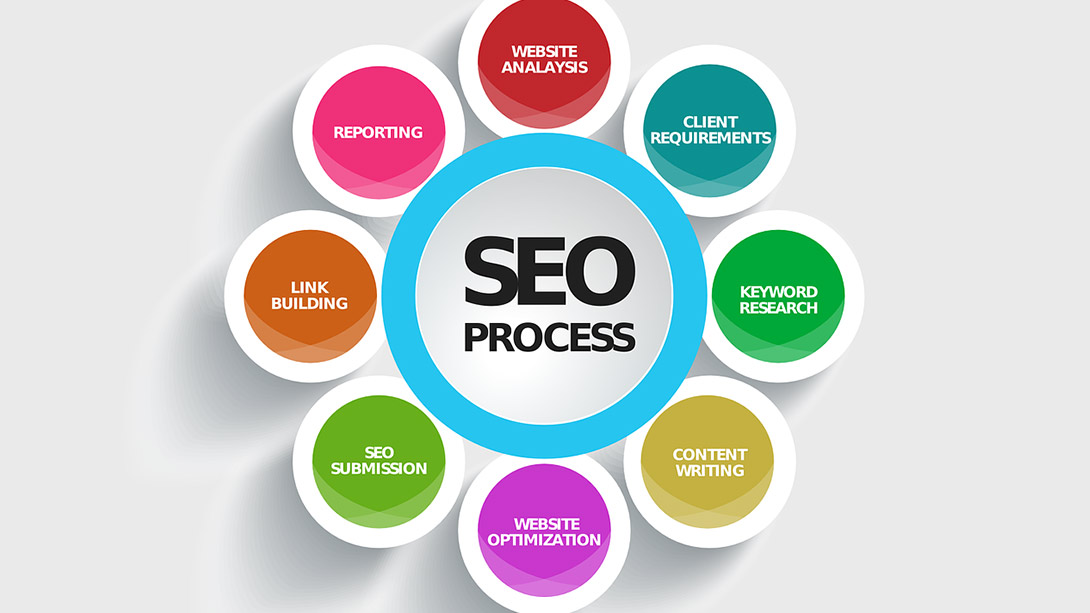What is an Infographic and How Does it Help With SEO

A digital marketing agency driven by the exceptional ROI we deliver to our clients.
COMPANY
- ©2014-2023, Marvel Marketing Ltd. All Rights Reserved.
- Locations
- Refer Marvel
- Sitemap
- Website Terms
- Privacy Policy

